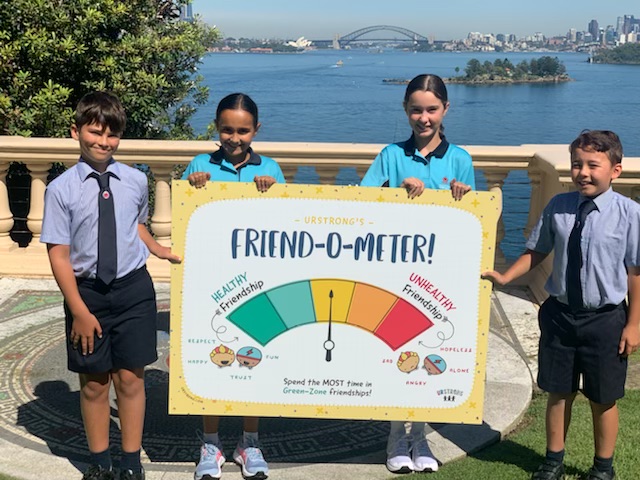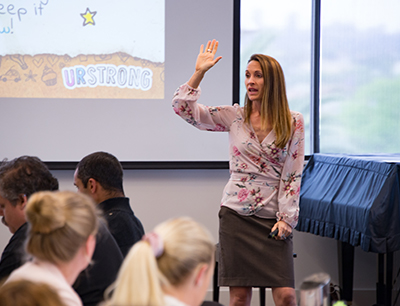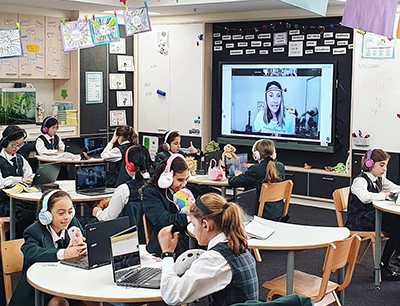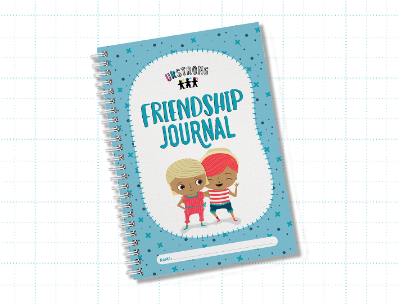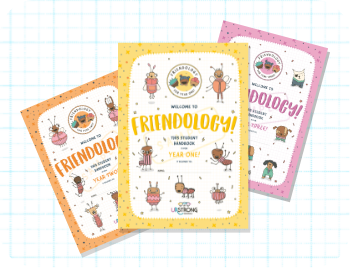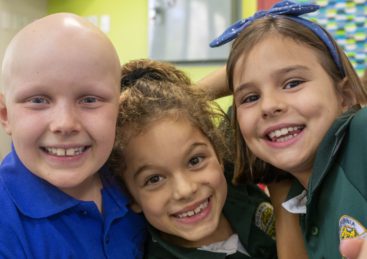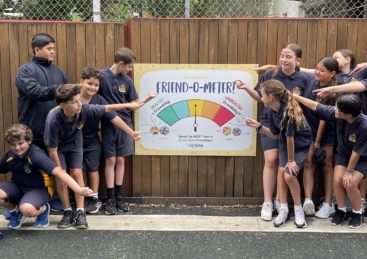Tips on Supporting Children in Fiery Friendships
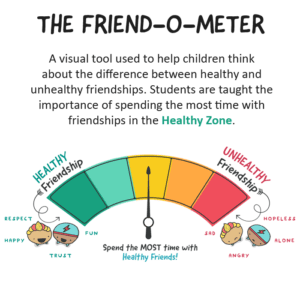
One of our favourite tools for talking to kids about how they’re feeling in their friendships is The Friend-o-Meter. Although it’s normal to have a friendship dip into the Red-Zone now and again (Friendship Fact #1: No friendship – or relationship – is perfect!), what happens when a friendship is up and down A LOT?
While many kids will admit they’ve experienced this type of friendship, a friendship that goes from the Green-Zone to the Red-Zone regularly can feel very challenging. Words that children use to describe these high-conflict friendships include: unpredictable, hard, and exhausting.
These friendships can feel especially confusing for parents, as their child oscillates between “Best Friends” and “They’re not invited to my birthday party!” For teachers, these students can sometimes cause a lot of drama for classmates who sometimes find themselves caught in the middle (what we call in our Friendology friendship skills curriculum, a Friendship Sandwich! It’s sticky and messy in there!).
So, what can we do to support a child in this type of everyday-is-different friendship?
First, identify if they are suffering. Are they upset about it? Is it deeply affecting them? Are they really struggling (*here are some signs to look for)? If the answer is no, and the child seems to be handling it quite well, then this might be a case of them simply ‘ironing out the wrinkles’. Whether it’s a new friendship or the dynamic of the friendship has changed, it sometimes takes time to get to know each other and learn how to get along.
‘Fiery Friendships’ are especially common for children with strong personalities who form friendships with kids similar to them. While they might click at first, they’ll naturally begin to butt heads. For these kids, the highs are high and the lows are low!
But, as parents and educators, we can rest easy if (1) the good times outweigh the bad times AND (2) they’re putting out their Friendship Fires® by working their way around the Friend-o-Cycle. If these two factors are present, then it sounds like they are figuring it out and it might just be a lifelong friendship in the making.
However, if a child is coming home in tears every day and really seem torn up about it, here are a few strategies to try as you coach them from the sidelines (Note: Log-in to your free family membership to access the activities):
- “How can you spend less time in this friendship?”: Sometimes these volatile friendships are simply a product of spending too much time together. Help your child come up with a plan to decrease their daily dose of this friendship. Give this activity a try: Spending Less Time
- “It’s time to get strategic in this friendship!”: Help your child get clear on what works and what doesn’t work in their friendship. When are they getting along? When are Friendship Fires igniting? Then, help them come up with a plan. Watch this video: Feel-Good Friendships
- “Are they Friendship Fires or is it Mean-on-Purpose?”: It’s important that your child understands the difference between normal conflict (Friendship Fires®) versus intentionally rude, cruel, malicious behavior. Try this interactive tool: Friendship Fire or Mean-on-Purpose Advice
- “Did you Talk-it-Out until the Fire-is-Out?”: Has your child truly talked to their friend to tell them how they’re feeling? Are they being honest with their friend or do they keep sweeping the issues under the rug? For parents, this might be an opportunity to plan a playdate or sleepover to create that one-on-one time with their friend. Role-play with them, so they can practise what they’ll say. School is a busy place and sometimes it’s hard for kids to find time to Talk-it-Out with a friend. Watch this video: Be a Friendship Ninja
- “What colour friendships do you deserve?”: Ask them, “Let’s think about a friendship that goes from green to red, green to red, green to red on The Friend-o-Meter. What colour does that friendship average out at?” Help your child identify that friendship would average out in the Yellow-Zone. Remind them they deserve Green-Zone friendships in their lives! Try this activity: The Friend-o-Meter: Time to Chat!
While it’s normal for a friendship to have the occasional Friendship Fire®, a healthy friendship has been proven by Dr John Gottman’s research to have at least 5 positive (green) interactions for every 1 negative (red) interaction. These tricky friendships are a great opportunity for children to master their conflict-resolution skills and learn to foster healthy, feel-good friendships.
One thing we say to kids all the time is: “You teach people how to treat you!” When kids deal with their Friendship Fires® in a kind and respectful way, it deepens friendships creating closer & stronger connections.
Written by: Dana Kerford
Founder & Friendship Expert

